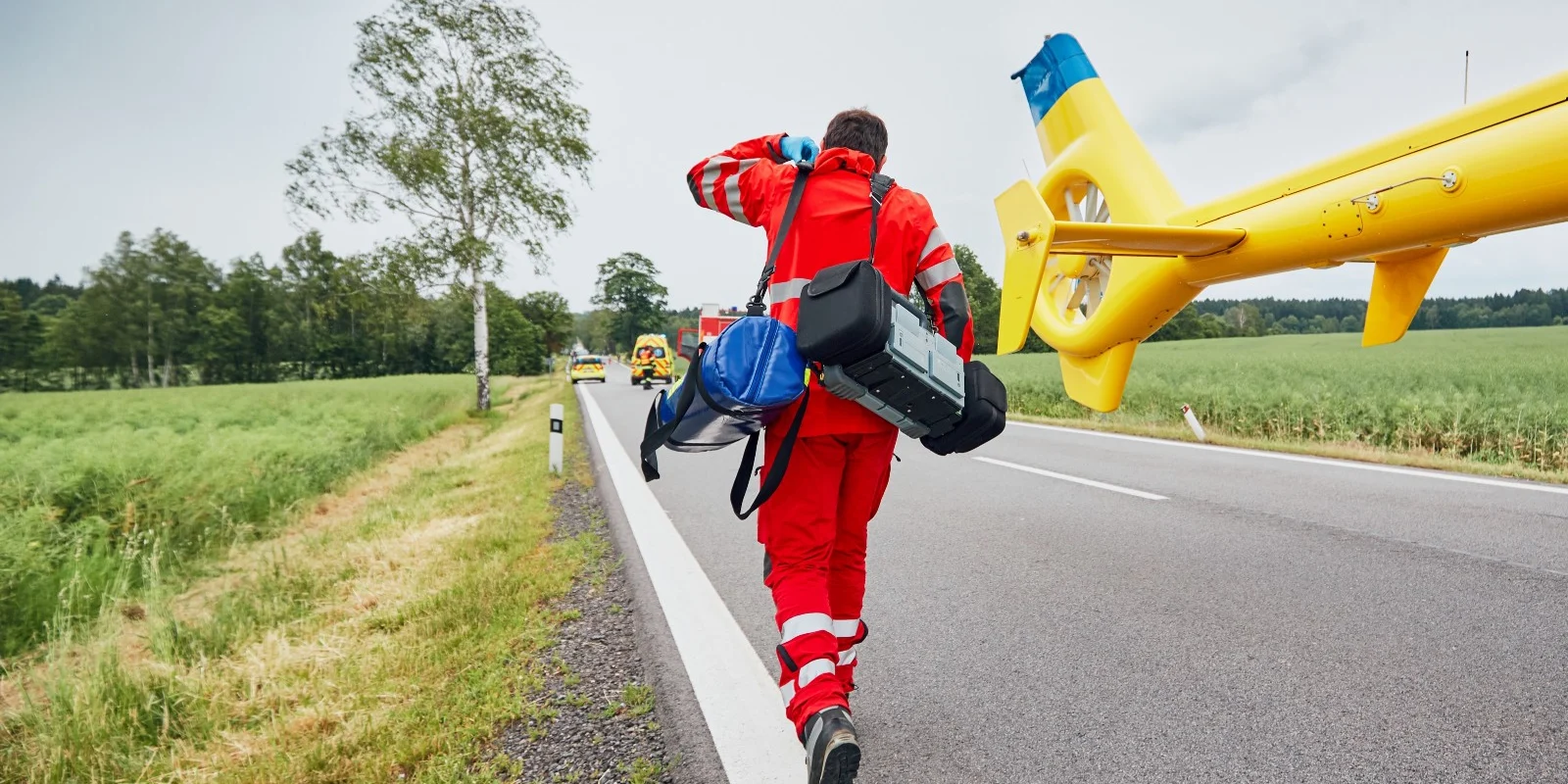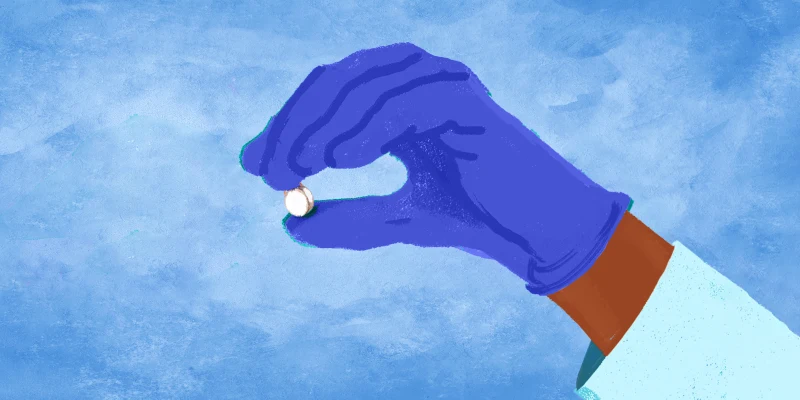
“I wrote this story for you, but when I began it I had not realized that girls grow quicker than books. As a result, you are already too old for fairy tales, and by the time it is printed and bound you will be older still. But someday you will be old enough to start reading fairy tales again….”
As I was reading The Lion, The Witch, and The Wardrobe by C.S. Lewis, a shrill siren rang out as an ambulance came screaming toward our beach house… with the full power of the Doppler effect.
They’ve got it handled, I thought.
A little further into the book, we heard a helicopter outside.
Naturally, my second little philosopher blurted out, “Daddy, stop reading! I wanna see the he-wa-copter.”
As we went out on the balcony of our beach house, we saw the same ambulance that had passed by minutes earlier was now parked next to a vacant field. Landing in that field was a helicopter. It became clear that they were going to airlift the unfortunate person in the back of the ambulance.
Good or bad, it’s always been my personality to run toward calamity and not away from it. In the thick of it, my emotions turn off. Medicine has taught (and trained) them out of me — and for good reasons. Just like a soldier in combat, emotions simply aren’t helpful in these kinds of moments.
We had a primetime view of what was going on below.
After a few minutes, no patient had been transported to the chopper from the ambulance. So, I put my boat shoes on to complete my beach wardrobe of sports shorts emblazoned with my favorite college team and a white T-shirt. I also hadn’t shaved in a couple of weeks.
I looked like a bonafide beach bum.
As I approached the road where one of the first-responders was directing traffic, the following conversation occurred:
“Sir, I am sure that you do not need my help, but I thought I’d let you know that I am a physician and I am happy to help if you need it.”
Expecting a short “we got it,” I was surprised by his response: “Actually, we are having a hard time getting a breathing tube in the back of the truck.”
Think about this: What are the odds that a person would be getting air-lifted with a difficult airway immediately behind the random house on a random week that a family decided to stay — where one of the people happened to be an anesthesiologist?
I said, “I am an anesthesiologist. Would you like my help?”
“Seriously? Yes. Head on over.”
Arriving at the Scene
At the back of the truck, I repeated the same conversation with the young EMT I met there. That’s where I got the response I originally expected.
He said bluntly, “We got it.”
I don’t blame him. I looked like a beach bum, remember?
Peering into the back of the truck, I saw a man with lots of grey hair having a hard time trying to intubate the patient. He clearly had a lot of experience and was the lead member of this crew.
At this point, I looked him in the eyes and said, “I am an anesthesiologist. This guy over here (the young EMT) is saying you don’t need my help. I am happy to walk away, but wanted to check with you first.”
His response was full of purpose, “Please, come save me.”
Brushing past the arrogant EMT that told me to get lost, I hopped in the back of the truck. With my emotions properly turned off by the years of training, I took over the situation.
Inside the ambulance, I noticed the patient had been placed in a c-collar and taped down. In-line stabilization was an understatement. Honestly, this person’s neck was truly immobile.
Sizing the patient up, I said, “Hand me a Miller 2, a bougie, and a 7.0 ET (Endotracheal) Tube. And tell me the story.”
With limited resources, I tubed the person on the back of that truck. It was not easy, though. I could see why they struggled.
After securing the tube, I took a closer look at the scene and examined the patient. It wasn’t good.
We got the patient safely on the helicopter shortly thereafter. As the grey-haired EMT and I walked back toward my beach-house, the first-responder that originally allowed me to approach the ambulance asked, “Did you guys get the breathing tube?”
My grey-haired companion responded, “Yeah, the doc did. But he cheated. He used a bougie.”
I patted him on the back and said with a wry smile. “That’s called being prepared, brother.”
We both gave a hearty laugh. Humor is the way many of us deal with tragedy.
I am no different.
As I came back to the house, my father-in-law put his hand out for a high-five. But, I didn’t feel like I deserved a high-five. Actually, I didn’t feel much at all.
The problem and the point of this post are that turning our emotions back on later is a major issue that many doctors face. Like a light switch that has been turned on and off too many times, sometimes the fuse fails. This even has a couple of names — compassion fatigue or secondary PTSD, to name a few.
After doing what all doctors are trained to do — objectify and compartmentalize the experience — I walked back inside, washed my hands, and then finished reading the first chapter of The Lion, The Witch, and The Wardrobe to my two oldest kids.
“‘Goodness, gracious me!’ exclaimed the Faun.”
The Faun knew exactly how I should have felt. If only I could.
We all have our own war stories. Has medicine jaded you in any way or made it difficult to process your emotions? Do your emotions run dry at home? Leave a comment below.
The Physician Philosopher is a husband, father, author, inventor, and craft beer lover. He spends his time writing at his self-named website (The Physician Philosopher) where he works to help other physicians achieve wealth and wellness. He also spends 50–60 hours each week as an attending physician anesthesiologist in academia.
A version of this post originally appeared on The Physician Philosopher.






